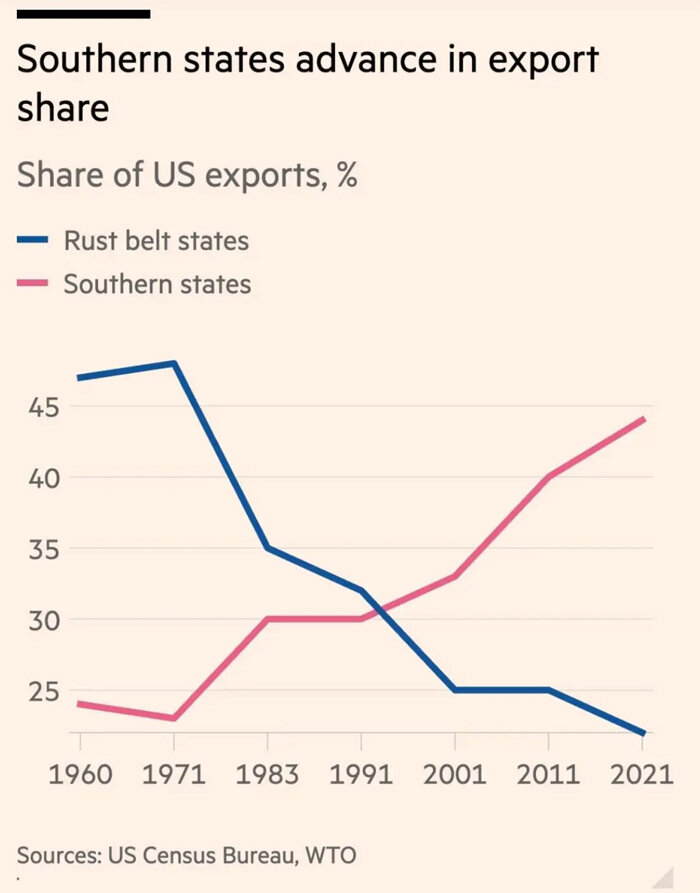Other reports show the same problems. In Minnesota, for example, it’s effectively impossible for developers to build a home in the $150,000 to $250,000 price range because of not just land and construction costs but eye-popping regulatory fees: “One third of the total package price, with the land, is in the regulatory costs,” one builder noted, including “your wetland fees, your park dedication fees, your permit costs,” and more. Thus, a house in Corcoran, Minnesota, that costs $182,000 to build will have an all-in cost of $372,000, including $56,000 in administrative costs alone! Throw in a modest profit margin, and you’re well out of “starter” range in the area. The same goes for estimates from Michigan and New Jersey.
In each case, the numbers change but the math is the same: Because home prices generally track square footage and construction costs aren’t linear—i.e., the cost of adding another room to a house is relatively low because land, fees, and other fixed costs don’t change with home size—it’s safer and easier for builders to hit their profit targets by focusing on bigger, more expensive houses. Thus, for example, a Minnesota builder can hypothetically spend $372,000 on a 2,000 square foot home that might sell for $400,000 on the open market, or he can spend $450,000 on a 4,000 square foot home that sells for twice that amount (meaning much better and less risky profit margins).
I asked a local North Carolina builder to walk me through the math in a few towns outside Raleigh, and he effectively confirmed the stories above. In particular, his company tries to build “attainable homes”—defined as homes people can buy with roughly 30 percent of a county’s AMI (area median income). In many of the places he serves (with AMIs around $60,000), this means buyers in the starter-home price range will generally be able to afford a 1,400 square foot home priced at $240,000 (or $171 per square foot). However, he faces the following costs for such a home that make hitting the target price exceedingly difficult:
- A finished lot needs to be around $40,000 (or about $30/square foot), but “there are no lots in that price range because of local state and planning regulations and fees.” Most “affordable” lots in the area are more like $65,000 (or $45/square foot).
- Construction cost is “the highest it has ever been” at about $90/square foot for even the biggest builders. That translates to about $126,000 for our starter home, meaning the builder is already at $191,000 in costs for a home that he might safely price and sell for $240,000.
- Add in selling commissions, closing costs, concessions, taxes, fees, overhead, etc., and the builder might end up seeing just $9,000 in net profit on our $240,000 starter home. If the builder borrowed money to build the home, it’ll cost him another $3,000, and if the home stays on the market for a while, he could end up losing money altogether.
Thus, he concludes, these ever-increasing costs mean there’s just “not enough money in starter homes to warrant the risk” of taking a loss, especially with interest rates where they are today. And supply-side policies deserve much of the blame.
Policies Crimping Eligible Homebuyers (Demand Side)
The other, lesser-discussed policies stunting the U.S. starter home market come from the demand (consumer) side. First, the Mercatus Center’s Kevin Erdmann shows that onerous government regulation of private mortgage markets severely limited the number of lower-income Americans who could qualify. In particular, “federal officials both informally and formally turned the screws on Fannie Mae and Freddie Mac so that conventional lending to homebuyers which had been served by Fannie and Freddie for decades, since well before the subprime boom, was cut off.” Thus, he shows that “the average credit score on approved mortgages jumped by 40 points between late 2007 and late 2009,” and “more than half of the mortgage market below credit scores of 760 was cut off”:








